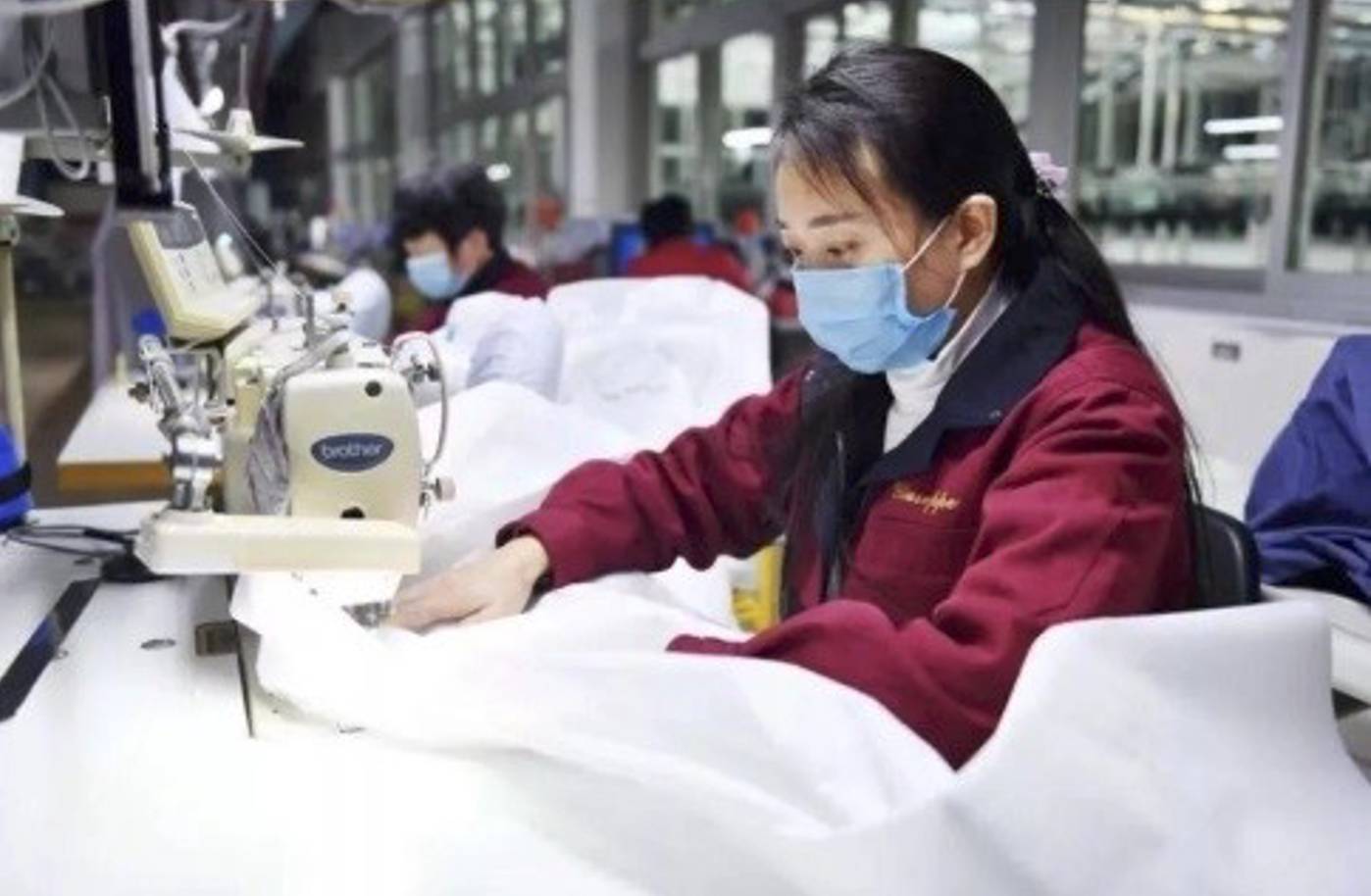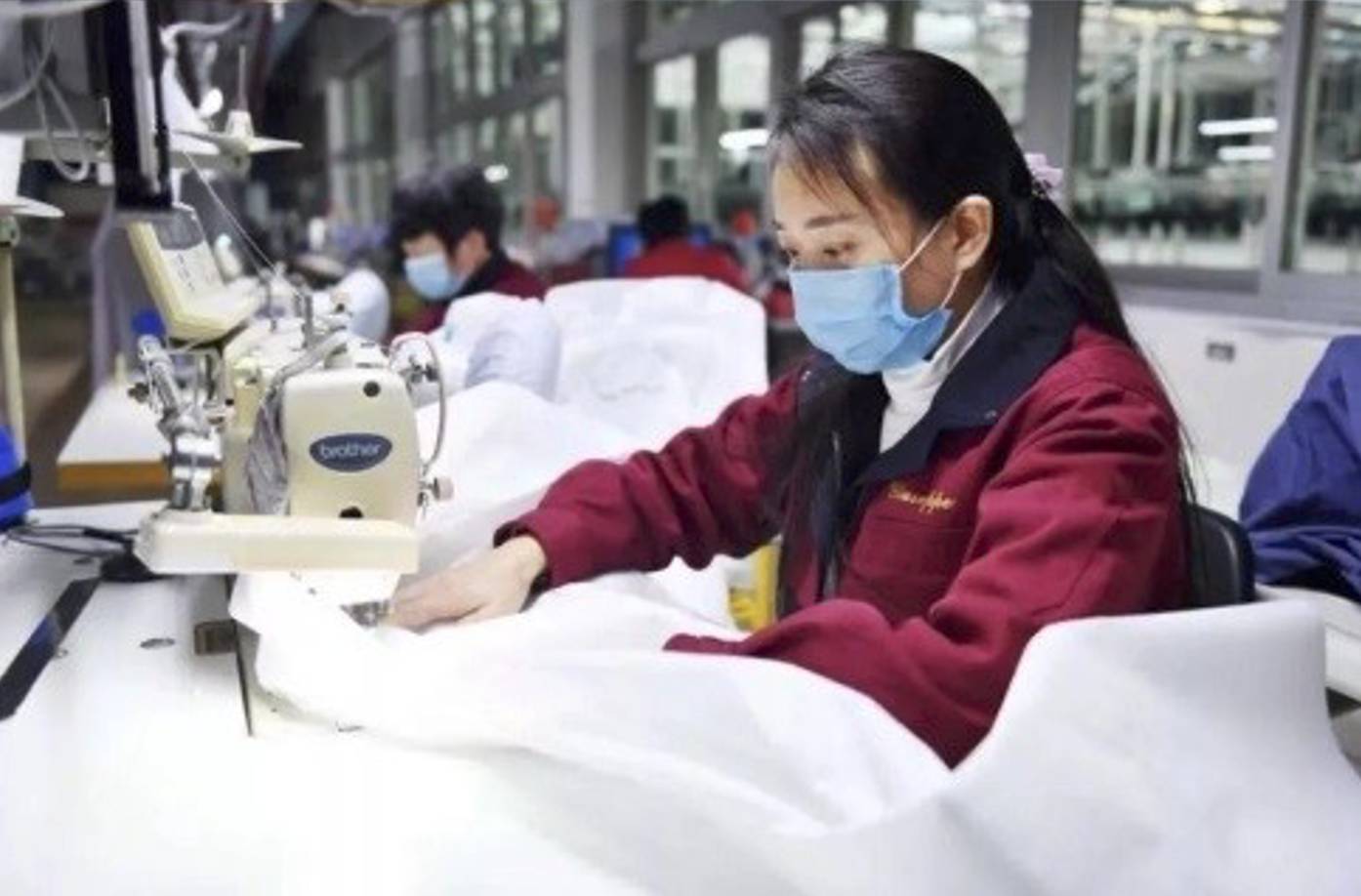
The Challenge
China's textile and apparel industry is a traditional advantage industry in the national economy, closely linked with the international market. Most of the textile industrial clusters are concentrated in Jiangsu and Zhejiang Province, China. For instance, Shaoxing is an important textile production base and distribution center in Zhejiang. According to statistical data, these textile and apparel MSMEs accounted for 90% of Shaoxing textile and apparel enterprises. However, compared with foreign mature MSMEs clusters, China's MSMEs clusters are less developed and lack competitiveness. The textile and apparel industry now faces various challenges in achieving a complete transformation to a circular economy. The root causes of these challenges include: 1) Lack of innovation in key technologies for large-scale development of recycled fibres and bio-based chemical fibres; 2) Existing policies such as the raw material optimization strategy, green design, green consumption, waste textile recycling are mainly national guiding policies, more systematic and industry-specific supporting policies and standards; 3) Circular design, as a source solution, is still at the concept advocacy stage, and the circularity of products is not yet the priority in existing green design policies, standards and practices; and 4) Consumers’ awareness of green consumption has improved, but currently consumption behaviour lags behind. There is insufficient impetus for industrial development. Although awareness of the importance of circular transformation is increasing among key industry stakeholders, there is a lack of unified understanding of the vision, and way forward for a circular transformation of the industry.
The Objectives
Facilitate the transition to circular economy practices in the textile and fashion industry in Huzhou City and Shaoxing City, China, by 2025. The specific objectives include:
- Improved sustainable management, resource efficiency and adoption of circular economy principles by the local textile and fashion industry;
- Conditions enabled for a conducive policy environment among key stakeholders for circular textile industry in Huzhou and Shaoxing;
- Increased access of textile and apparel industry to financing for eco-design, recycling investments and clean technology transfer.
The Way Forward
- Sustainable management, resource efficiency and adoption of circular economy principles will be improved by the local textile and fashion industry;
- Capacities of the textile and apparel industry for the promotion and implementation of resource efficiency measures will be enhanced within selected textile and apparel value chains;
- Capacities of MSMEs will be enhanced to develop and apply circular economy solutions in the textile and apparel value chains;
- Enabled conditions will be built for a conducive policy environment among key stakeholders for circular textile industry in Huzhou and Shaoxing;
- Policy instruments and incentives will be developed by local governments and sector stakeholders mainstreaming CE in the textile and fashion industry;
- More access of textile and apparel industry will be increased to financing for eco-design, recycling investments and clean technology transfer;
- Capacities of the textile and apparel industry will be enhanced to access to funding for circular economy.
Relation to European Green Deal, Circular Economy and Climate Change
The project is in line with the EU Green Deal and the EU Circular Economy Action Plan, where the textiles sector is listed as a key priority. The transition to a circular economy will reduce pressure on natural resources and will create sustainable growth and jobs. Moreover, the project will contribute to providing future proof and skills training for the transition to circular economy and make available to consumers in the EU sustainable textile products from China.
Duration:
2022-2025Total Budget:
EUR 2,973,263.38(EU Contribution 80%)Contact Detail:
DING Shuang
Assistant professor, China National Institute Standardization(CNIS)
Email: [email protected]
Lead Partners

China National Institute of Standardization (CNIS)
Partners

China Textile Development Center (CTDC)

ICLEI - Local Governments for Sustainability






